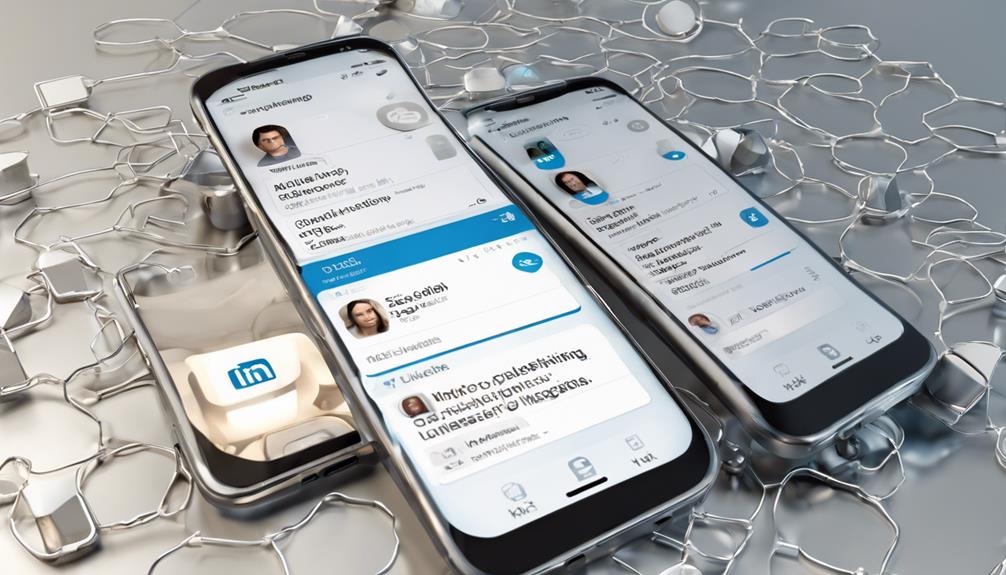
Unfortunately, you can't delete LinkedIn messages from both sides. When you delete a message, it only disappears from your inbox, not the recipient's. This limitation is designed to maintain the integrity and reliability of conversations on the platform. If you're hoping to retract a hastily sent message or correct a mistake, you won't be able to remove it from the other person's history—only from yours. While this might seem frustrating, it's a way to preserve transparency and trust in professional communications. There are still several useful tips and strategies to effectively manage your LinkedIn conversations and maintain professional decorum.
Understanding LinkedIn Messaging
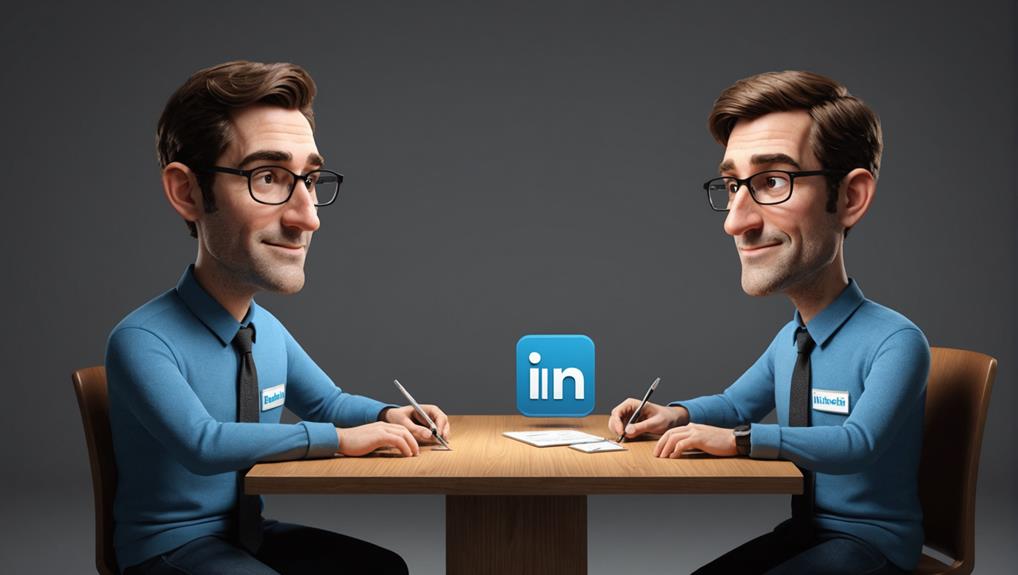
LinkedIn's messaging feature allows you to communicate directly with other professionals in your network. It's your bridge to building and sustaining relationships that matter in your career. Through these conversations, you're not just sharing messages, but you're also weaving yourself into a community that's rooted in professional growth and mutual support.
You can reach out to someone for advice, propose a collaboration, or simply keep in touch with colleagues. This tool is designed to make your professional interactions as seamless as possible. The instant nature of the messaging also means you can keep conversations flowing in real-time, helping you stay connected and engaged with your contacts. You're part of a vibrant community where every message could open the door to new opportunities.
Privacy Features on LinkedIn
You can enhance your privacy on LinkedIn by exploring its comprehensive suite of customizable settings. It's essential to realize that you're part of a community that values discretion and professional integrity. Within this network, you have the power to control who sees your connections, ensuring that your professional relationships remain as private as you wish. This feature is particularly valuable if you prefer to keep your client list confidential or just want to avoid unsolicited networking requests.
Moreover, you can adjust your profile's visibility to manage how you appear in search results both on and off LinkedIn. Whether you're job hunting discreetly or maintaining a low profile, these settings empower you to tailor your online presence according to your needs.
Privacy settings also extend to communications. You have options to receive messages only from connections, which can significantly reduce spam and keep your inbox relevant. This way, you're not just another face in the crowd; you're actively cultivating an environment where meaningful connections thrive. Remember, managing these settings isn't just about security; it's about creating a space where you feel safe and supported in your professional journey.
Deleting Messages: Basic Steps
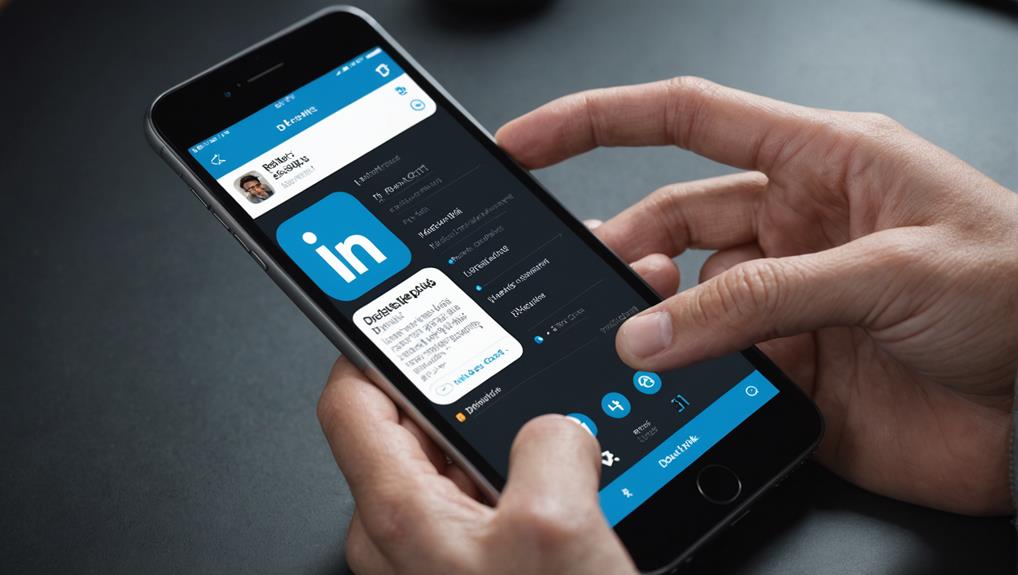
Managing your privacy settings also allows you to delete messages to maintain a tidy and professional communication record. When you're part of a connected community like LinkedIn, it's vital to keep your message threads clear and relevant. Here's how you can take control over your inbox and ensure it reflects your professional image.
First, navigate to your LinkedIn messages by clicking on the 'Messaging' icon at the top of your homepage. This opens your conversation list. Find the conversation containing the message you want to delete. You can use the search bar to quickly locate specific messages or individuals.
Once you've opened the conversation, hover over the message you wish to remove. You'll see a three-dot icon appear on the right side of the message. Click this icon, and a dropdown menu will appear. Select 'Delete' from this menu. A confirmation popup will ask if you're sure about deleting the message. Confirm your choice, and the message will be permanently removed from your conversation thread.
Impact on Sender and Recipient
Deleting messages on LinkedIn affects both the sender and the recipient in several ways. When you choose to delete a message, you're trying to retract something you've sent, possibly to correct a mistake or prevent a misunderstanding. This can relieve your anxiety or regret, knowing you've taken steps to amend an error or withdraw an unintended statement. It's about maintaining your professional image and ensuring your communications reflect your true intentions and values.
For the recipient, the impact depends on whether they've already seen the message. If they haven't, your action avoids potential confusion or discomfort. It keeps the communication channel clear and focused, preserving the professional relationship you're both part of. However, if they have seen the message, deleting it could lead to questions or suspicions about what was said and why it was removed. This might introduce a sense of uncertainty or mistrust in the exchange.
Technical Limitations Explored
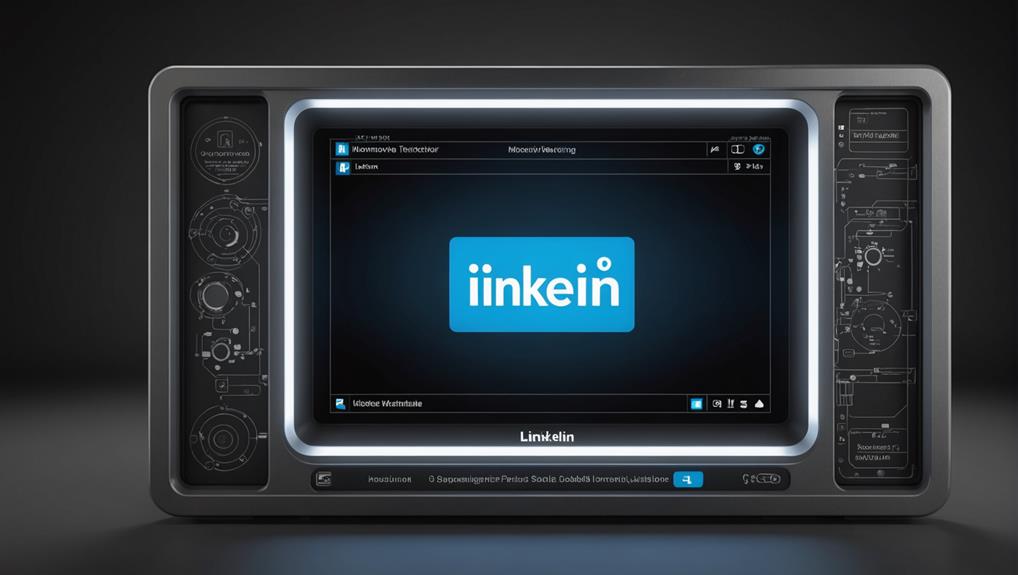
Exploring the technical limitations, it's important to note that LinkedIn's messaging system doesn't allow you to delete messages from the recipient's inbox once they've been sent. This can make you feel a bit stuck, especially if you're trying to manage your digital footprint or rectify a mistaken message. You're not alone in feeling this way; many users share your concerns and wish for more control over their sent messages.
This restriction is part of the design choices made by LinkedIn to maintain the integrity and reliability of communication on their platform. When you send a message, it becomes part of the recipient's history just as much as yours. This ensures that the conversation flow isn't disrupted and that both parties have a complete record of the exchange.
However, you can delete messages from your own side of the conversation. While this doesn't remove the message from the recipient's view, it helps you keep your own message history tidy and relevant to your current needs. Remember, while you might feel a bit constrained by these limitations, you're part of a community that values professional communication and transparency. Everyone is in the same boat, navigating these rules together.
Comparisons With Other Platforms
You'll find that other platforms like Facebook and WhatsApp offer more flexibility in message deletion compared to LinkedIn. On Facebook, you can remove messages for everyone involved in a conversation, which lets you manage your digital footprint more effectively. WhatsApp goes even further, allowing you to delete messages for everyone within an hour of sending. This feature is especially handy when you've sent something by mistake or have second thoughts about the content.
In contrast, LinkedIn only allows you to delete messages from your side of the conversation. While this clears your view, it doesn't affect what the other person sees. It can feel a bit isolating, knowing you don't have complete control over the conversations you partake in.
You're not alone if you wish LinkedIn offered more in terms of message control. Many users feel that being able to fully retract a message is a crucial part of digital communication. It's about more than just fixing mistakes; it's about feeling secure and in control of how you connect and communicate. Embracing this could significantly enhance your sense of belonging in the digital world, where managing your interactions smoothly is key.
Legal Considerations
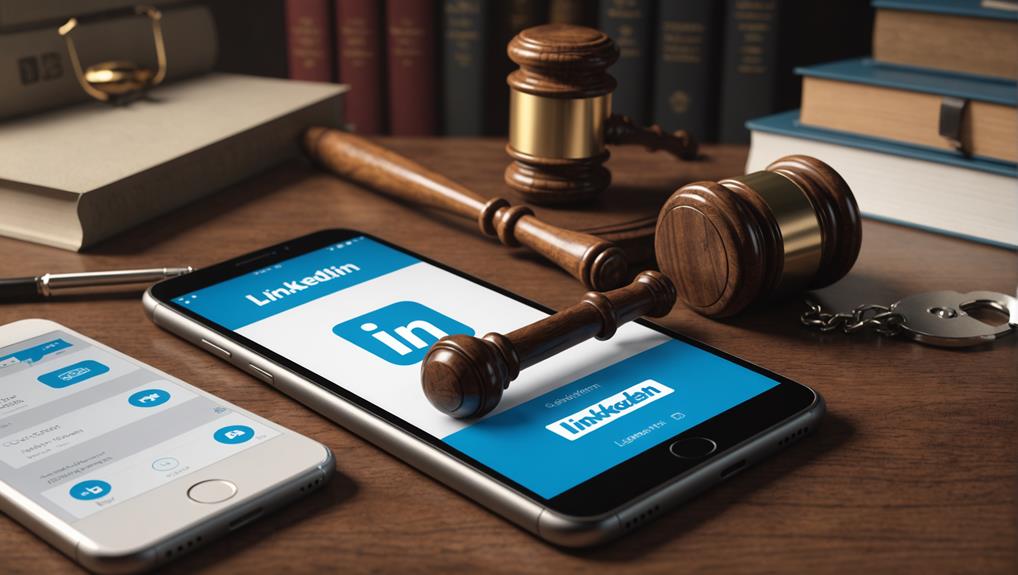
While discussing message deletion on LinkedIn, it's important to consider the legal implications of your actions. Depending on where you're located, laws regarding digital communication can vary significantly. For instance, in some regions, deleting messages can be seen as tampering with evidence if those messages are part of a legal investigation. This might not be something you'd think about daily, but it's crucial to stay informed to protect yourself and your network.
You're not alone in navigating these complexities; everyone on LinkedIn is part of a community that values trust and transparency. So, when you're considering deleting messages, remember you're part of a larger group that relies on the integrity of its members. It's not just about individual decisions; it's about maintaining a trustworthy environment for all.
Moreover, certain industry regulations might require you to retain communications for a specified period. For example, if you're in finance or law, you might need to think twice before hitting delete. Always consider consulting with a legal expert if you're unsure about the rules that apply to you. In this way, you contribute to a responsible community, ensuring that everyone's rights and obligations are respected.
User Reactions and Feedback
Users often express mixed feelings about the feature to delete LinkedIn messages. You might find yourself in the camp that appreciates the ability to erase a message you've sent in haste or that no longer represents your professional stance. It's like having a second chance to make a first impression, isn't it? On the other hand, you may feel uneasy about the transient nature of communications that the delete feature introduces, concerned that it might erode trust among professionals.
You're not alone if you've ever felt a bit conflicted. Many users share their concerns and experiences on various forums and social media platforms, creating a community of voices that resonate with each other's dilemmas. It's comforting to know that your peers understand and share your concerns, isn't it?
The feature, while useful, definitely stirs a variety of emotions ranging from relief to suspicion. It's all about finding that balance between convenience and accountability, a common theme in the feedback you'll see echoed by many in your professional network. Remember, every feature brings with it a new dynamic to navigate, and you're right in the middle of this evolving conversation.
Tips for Managing Conversations

To effectively manage your LinkedIn conversations, start by organizing your messages into categories. Label them based on urgency or topic, such as "Networking," "Job Inquiries," or "Casual Chats." This way, you'll always know where to find specific discussions, making you feel more in control and connected to your network.
When you're part of various groups or conversations, it's easy to feel overwhelmed. Make it a habit to regularly check and prioritize your messages. Respond to the most critical ones first. This approach not only keeps you organized but also shows your contacts that you value their time and input, fostering a sense of mutual respect and belonging.
Remember to keep your tone professional yet friendly. Your words are a bridge to your network; they should build confidence and camaraderie. When ending conversations, a simple “Thank you for your insights!” or “Looking forward to our next chat!” can leave a positive impression, making your connections feel valued and eager to interact again.
Future Updates and Changes
Looking ahead, you should stay informed about upcoming changes to LinkedIn's messaging system to continue managing your conversations effectively. As the platform evolves, you're part of a community that's always on the cutting edge, connected not just by shared goals but by the very tools we use to communicate.
In the near future, LinkedIn might enhance its messaging features to include more intuitive controls that empower you to tailor your conversation settings more finely. Imagine being able to adjust notification preferences per conversation or even schedule messages to be sent at optimal times. This isn't just about staying ahead; it's about creating a space where you feel you truly belong, surrounded by peers who are just as driven and detail-oriented.
Furthermore, LinkedIn could introduce smarter ways to manage message archives, including improved search functionalities that allow you to retrieve important conversations quickly. You won't have to sift through loads of messages anymore. Instead, you'll find exactly what you're looking for with just a few clicks, making your networking efforts more efficient and your professional circle more tightly knit.
Stay tuned and ready to adapt. These updates are designed to make your professional interactions as fruitful and fulfilling as possible.
Conclusion
You've explored how LinkedIn messaging works and the privacy options available. Remember, deleting messages from your side doesn't remove them from the recipient's inbox. This limitation is crucial for both privacy and legal reasons. However, you can manage your conversations by being mindful of what you send. Keep an eye out for future updates, as LinkedIn may enhance these features. Stay proactive in your communications, and you'll navigate LinkedIn messaging effectively!






